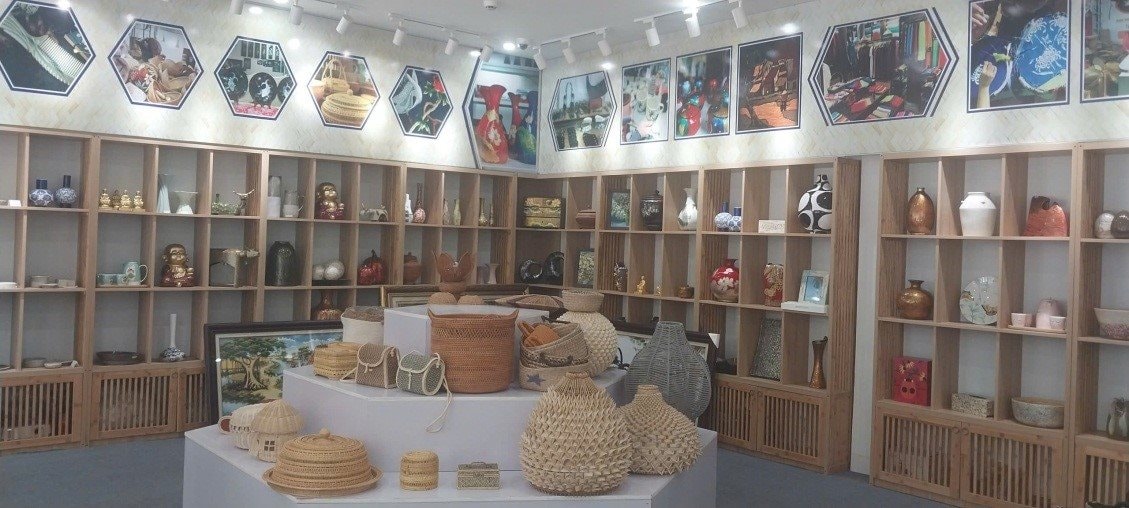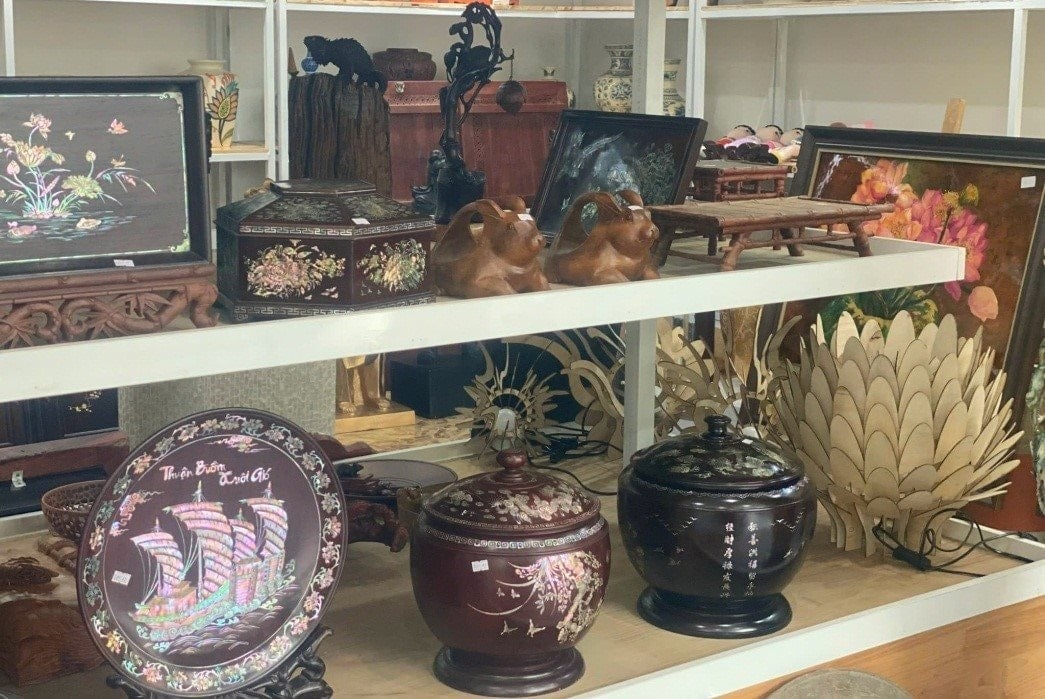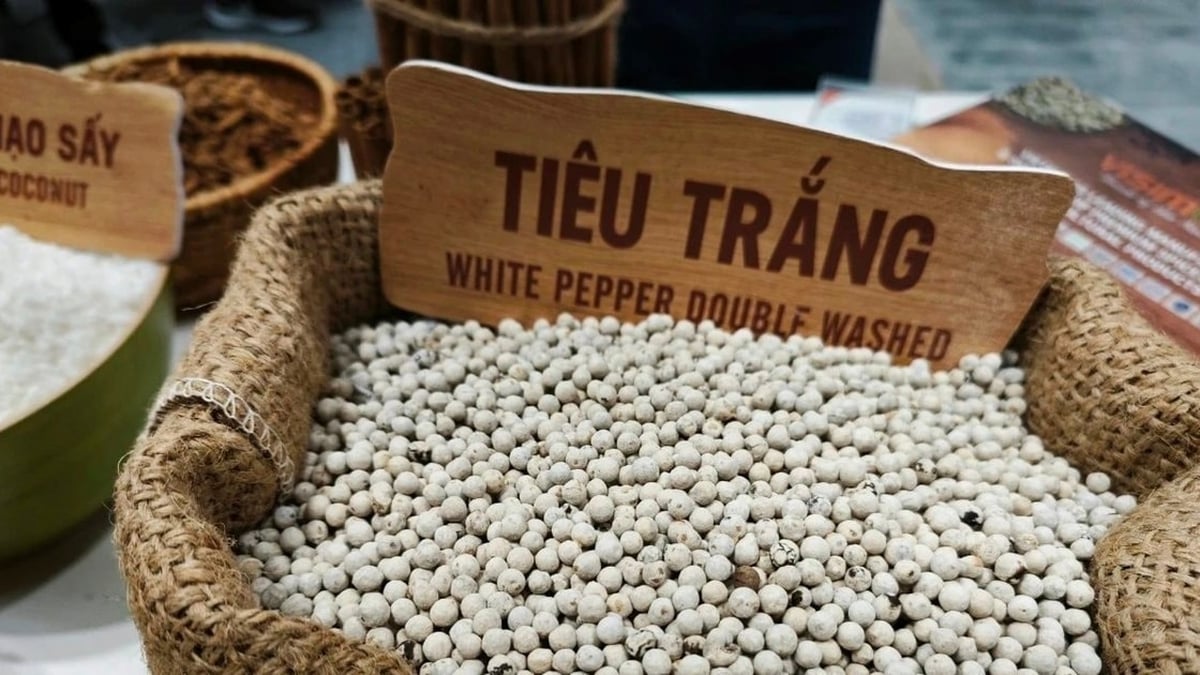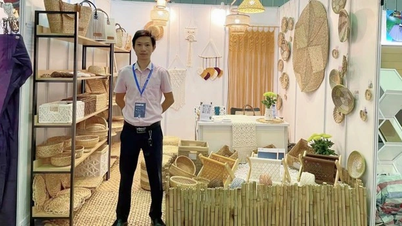The handicraft market is a market in which Vietnam has strengths. In 2024, the global market is estimated to be worth up to 1,107 billion USD. This is a great opportunity for Vietnam as the whole country has up to 5,400 craft villages and traditional craft villages.

With the industrious, hard-working nature and ingenuity of artisans, handicrafts have long been a strength of Vietnam. According to the Vietnam Craft Villages Association, the country has more than 5,400 craft villages and traditional craft villages. Craft villages belong to many different industry groups, creating rich and diverse product lines such as: bamboo and rattan weaving, ceramics, embroidery, bronze casting, wood carving, jewelry, gemstones...
In Hanoi alone, there are 1,350 craft villages and villages with crafts. Each craft village has its own identity, thereby creating unique, sophisticated products, imbued with national cultural identity with a variety of types. Among them are products with competitive strengths in domestic and foreign markets, favored by consumers such as: Bat Trang ceramics, Ha Dong silk, Phu Vinh rattan and bamboo, Ha Thai lacquerware, Kieu Ky gold-plated, Chuon Ngo mother-of-pearl inlay,...
In the world , the handicraft market is an extremely large and valuable market. Mr. Ton Gia Hoa, Vice President of the Vietnam Craft Villages Association, said that the global handicraft market is valued at 1,007 billion USD in 2023, aiming for 1,107 billion USD in 2024 and 2,394 billion USD in 2032. Vietnam is one of the countries with potential to export handicraft products, thanks to its diverse industries and rich resources. In the export market, handicrafts are always in the top 10 items with the largest turnover in Vietnam with many diverse products, high added value, and larger profit margins than many other export items. The growth rate of Vietnam's handicrafts in the period 2024-2032 is expected to reach 8.7% per year.
Handicraft production in Vietnam mainly relies on the potential of craft villages throughout the country. Although the export turnover is not high compared to some other industries, handicrafts are continuously in the "top 10" of Vietnam's leading export products, gradually becoming a key industry promoting the development of the economy . Vietnamese handicraft products are present in 163 countries and territories, accounting for nearly 10% of the global market demand, bringing the country foreign currency with a high proportion in export turnover.
However, in the context of Vietnam's increasingly deep integration into the world economy, TCMN products will have to face increasingly high competition, along with strict consumer choices in terms of quality, aesthetics, safety and environmental friendliness, ensuring standards required by the export market, regularly updating new trends...
Therefore, the regular organization of TCMN product design competitions is to encourage organizations and individuals to promote the creativity and skills of craftsmen to create TCMN products with new, beautiful, impressive, unique and typical designs, contributing to diversifying product designs and enhancing the competitiveness of TCMN in the process of international economic integration. In 2023 and 2024, the TCMN Product Design Competitions organized by the Hanoi Department of Industry and Trade attracted more than 300 organizations and individuals with about 780 new product samples to participate in the competition, of which 180 products and product sample sets were recognized by the City People's Committee.

The world is entering the 4.0 era, which poses both opportunities and challenges. Mr. Le Ba Ngoc, Vice President and General Secretary of the Vietnam Handicraft Exporters Association, emphasized that if we invest in developing a systematic design system for the handicraft industry in Vietnam, the export turnover for the industry will not only stop at the current figure of nearly 3 billion USD but can soon achieve a growth rate of no less than 30% annually and reach 10 billion USD by 2030. The phrase "investing in developing a systematic design system" means not only a financial story but also a policy story, a story related to specific entities that stand up to implement and take responsibility for developing the design system".
In addition, experts also recommend that artisans and workers need to constantly be proactive in creating, improving awareness and professional skills to meet the increasing demands of the new era, especially the trend of artificial intelligence (AI), exploiting virtual reality technology, information technology, to approach modern marketing to support the sustainable development of the handicraft industry.
Source: https://daidoanket.vn/co-hoi-cua-nganh-thu-cong-my-nghe-viet-nam-10293232.html


![[Video] Ministry of Health requests clarification on illegal gynecological clinic](https://vphoto.vietnam.vn/thumb/1200x675/vietnam/resource/IMAGE/2025/7/13/9c4c3d96ebff4db899f54e11d1770cc9)


































































































Comment (0)